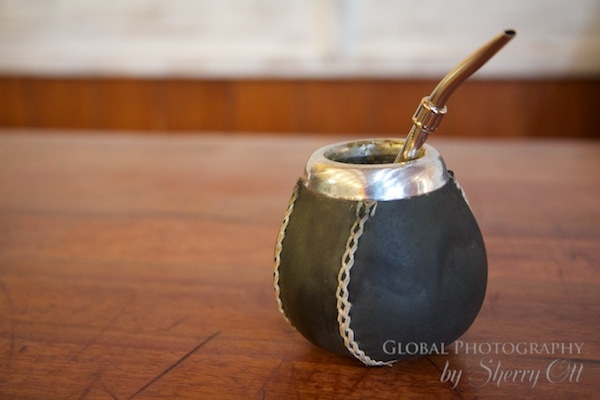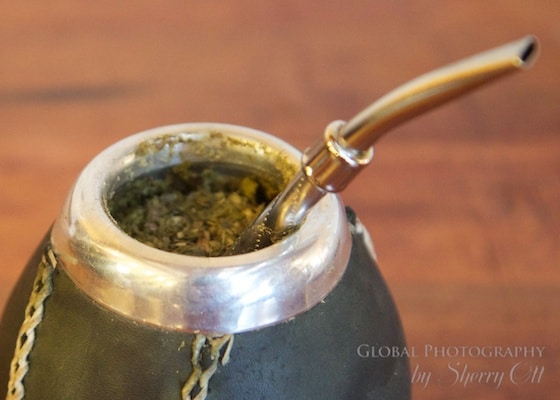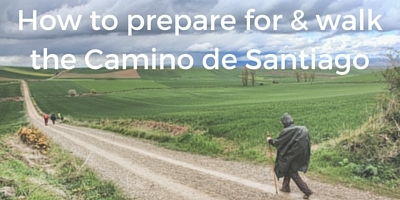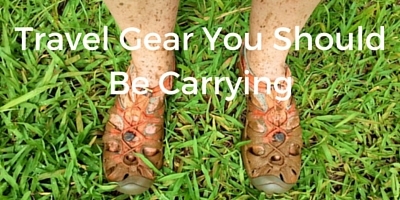The Cebador hands me the cuia, I pause for a moment and think about everything I have learned. I slowly extend my right hand looking him in the eyes and giving him a slight nod. I take the first drink from the bombilla careful not to move it around but instead let it sit stiffly in the packed herbal mixture. I drink it all in a short amount of time – trying to suck and slurp the last bit of liquid from the herbs. Once I’ve finished I hand it back to the cebador with the bombilla pointing towards him and don’t say a word.
Now I’m one step closer to fitting into Patagonia culture – I can officially call myself a mate drinker.
You can’t miss the mate culture in Patagonia (pronounced maa-tay)– the cuia’s (gourds that the mate is drank out of) are sold everywhere in the markets. You’ll also notice huge displays of metal straws that are used in the mate. And finally – if you look closely, you’ll probably see people of all ages walking around towns with a thermos of warm water. All of these things are key to Yerba Mate – the official drink of Patagonia.
Table of Contents
What is Mate?
Mate is basically a traditional herbal mixture served with hot water. I always found it slightly bitter tasting, however I did learn that in some areas it’s served sweet. What makes mate so unique is that it’s complicated – and yes, complicated things are cool in my opinion. There are a number of rules and traditions associated with drinking mate – which makes it slightly intimidating at first. My best advice is to find a local to teach you how to fit into the mate drinking culture. I had my EcoCamp guides , Nico and Claudio, explain it all to me.
Before we get to the rules, we better go over the basic vocabulary:
Cuia – a hollow and treated calabash gord that the mate is traditionally served in. It’s normally small – slightly larger than a baseball.
Bombilla – a metal straw that can be elaborately decorated acts as both a straw and a sieve. The submerged end is flared, with small holes or slots that allow the liquid in, but block the herbal sludge that makes up much of the mixture.
Cebador – the man or woman who is making the mate. The one who adds water to the herbal mixture and basically controls the drinking process. The cebador drinks the first serving of mate completely to ensure that it is free of particulate matter and of good quality.
Now since you have the basic vocabulary – it’s time to learn the etiquette. I think you could write a whole Miss Manners book on drinking mate in South America – but this should get you by for now.
Mate Drinking Etiquette
1. Temperature is Key
The cebador has the thermos of water and ensures that it stays at the right temperature (which is quite specific at 70–80 °C [160–180 °F], never boiling). They prepare the gord with mate and then drinks the first container completely.
2. How to Pass the Yerba Mate
The cebador then refill the gord with warm water and hands it counter clockwise to the next person. You must pass the gord with the straw facing the person you are passing it to and the person accepting it must take it with their right hand.
3. How to Drink the Mate
This person is obliged to drink the whole thing complete with straw sucking noises. As my grandmother would say – you shouldn’t ‘dilly dally around’ when you drink it – this is not a sipping drink. When finished, you pass the mate gord back to the cebador to refill and pass along further to others.
4. Communication is key
If you don’t say anything when you hand back the mate, then that means that you’d like more. However if you say “Thank you” then that signals the cebador that you don’t want any more. That was the hardest rule for me to learn as “thank you” comes out naturally to me – and I found myself trying to correct myself a lot!
Yerba Mate Drinking is a Sign of Trust
I was told that if you are a tourist and a local offers you to drink mate you should feel quite proud – being included in yerba mate drinking is a sign of trust.
I love cultural rituals – so immediately I was intrigued with the mate culture. Nico explained all of the rules and then invited me to drink with him and Claudio – of course I accepted. I watched as Claudio, our cebador, poured luke warm water from his thermos over the herbal mixture and started this elaborate process.
Soon I was asked to participate in mate drinking with my roomates, with ship captains, with my kayaking friends, hotel owners, gauchos, and tour guides – and of course I jumped at the chance to fit in to this cultural tradition.
When in Patagonia (Argentina or Chile), don’t be afraid to accept the chance to have mate with locals – it’s a compliment – and it’s a tradition in Patagonia!
Disclosure: Adventure Life hosted my Patagonia travels. However, all of the opinions expressed here are my own – as you know how I love to speak my mind!









By Barbara Weibel March 28, 2013 - 1:58 pm
Curious to know if mate is in any way considered a drug-like substance, such as peyote?
By Sherry March 29, 2013 - 3:02 am
Barbara – in all of the research I did it never mentioned anything about that – so no, I don’t really think so. I must say that the taste did remind me of drinking cocoa tea in Peru – but I think that was just because they are both bitter. All around Argentina they also make mate latte’s, and other things – so it’s quite main stream.
By Ash March 28, 2013 - 10:46 pm
Thanks For the lovely Mate Drink 🙂 Oops i forget not to say Thank you else i ain’t gonna get another one..LOL!
By Sherry March 29, 2013 - 3:00 am
It goes against human nature!
By WBBsAs March 29, 2013 - 1:35 pm
My wife, an Argentine, had never heard the word “cuia” until now. Argentines would simply call the gourd the “mate,” differentiating from it the yerba according to context.